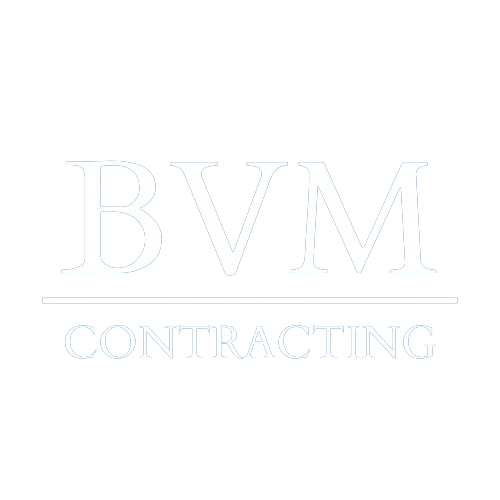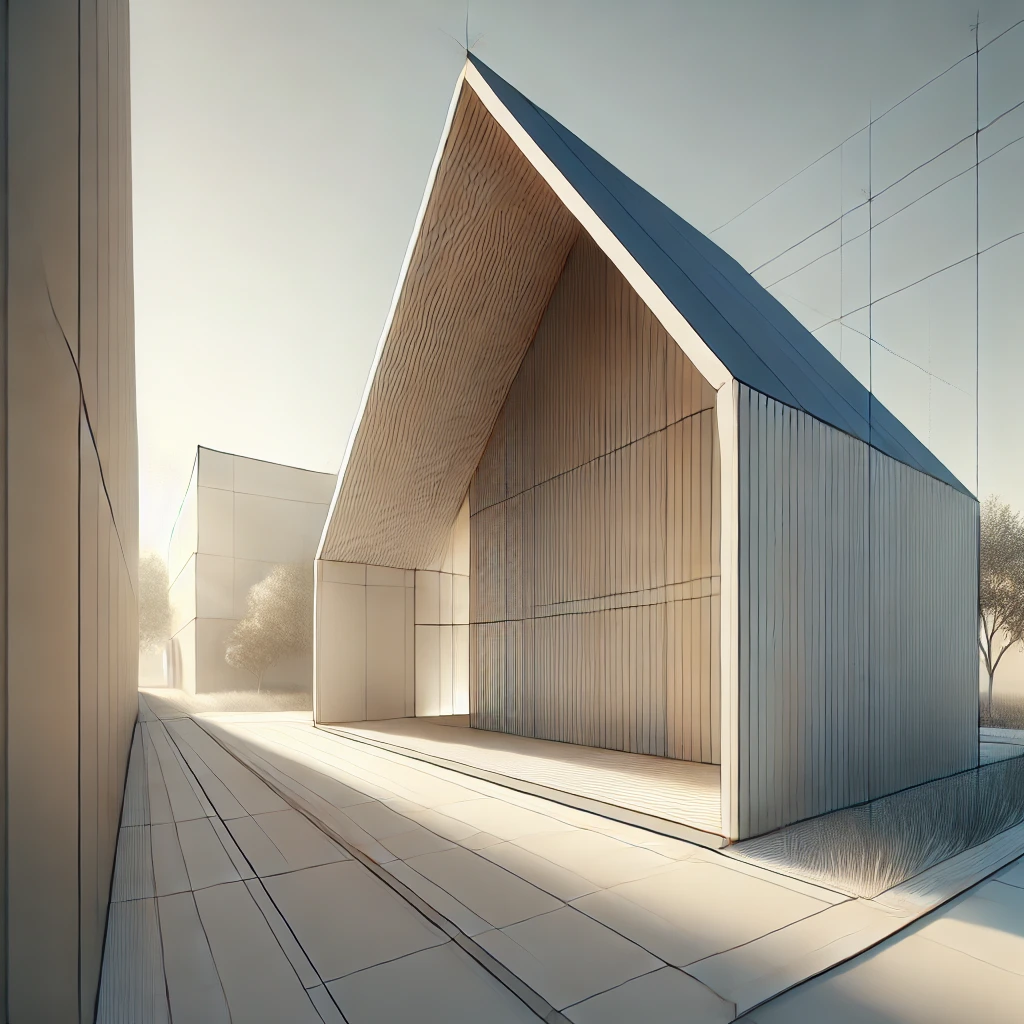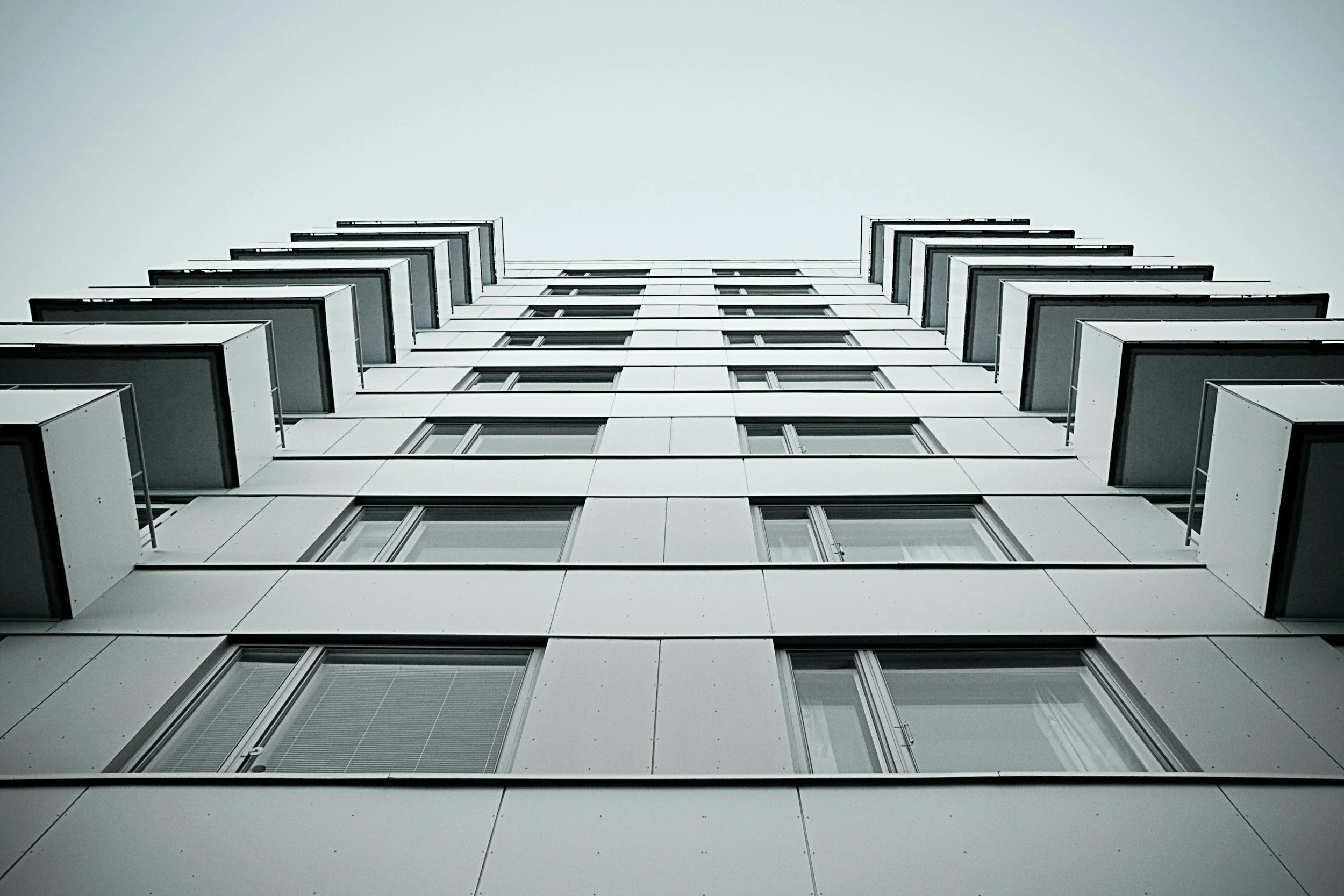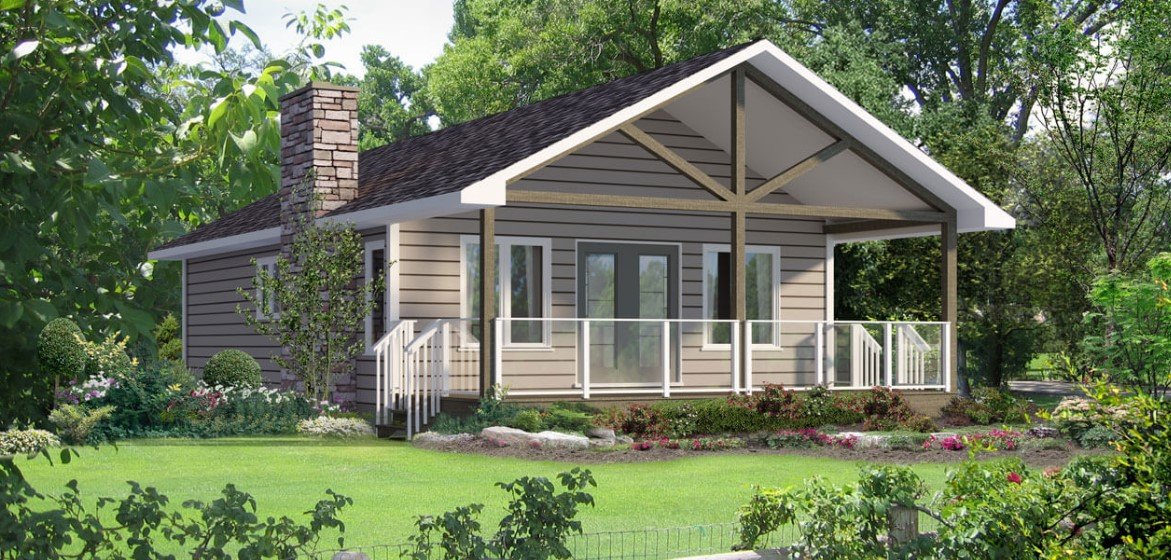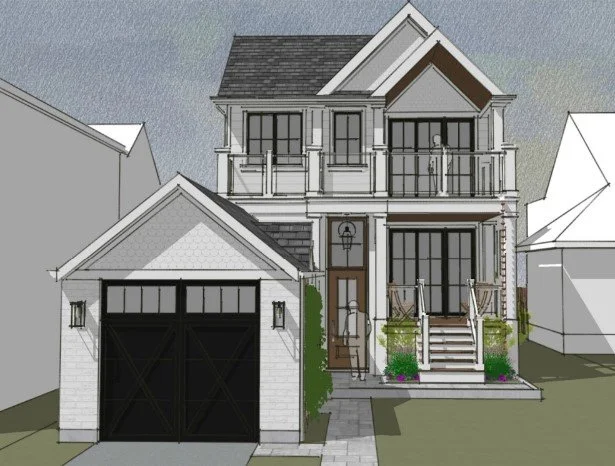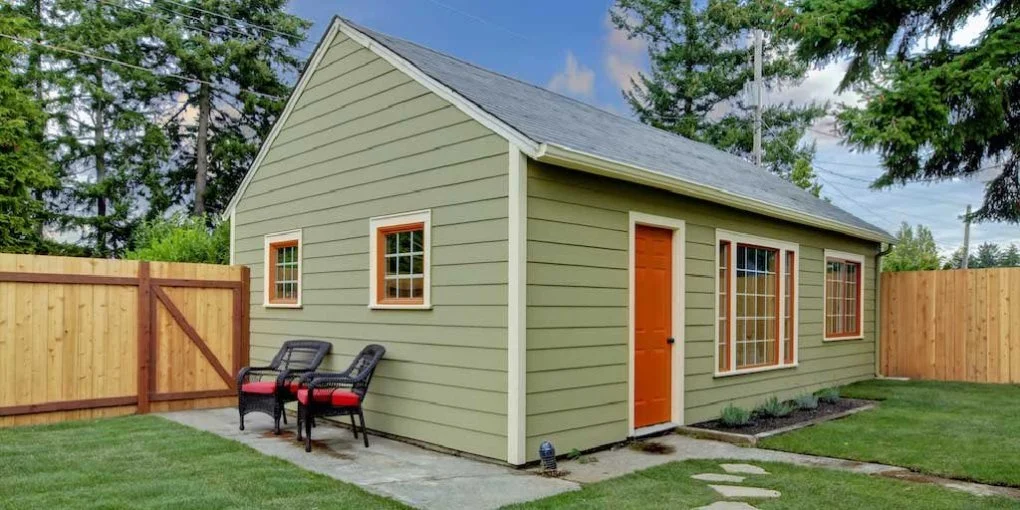Understanding Ontario Regulation 462/24: Additional Residential Units in Toronto
Ontario Regulation 462/24 is a pivotal update for homeowners and developers looking to add Additional Residential Units (ARUs), also known as Accessory Dwelling Units (ADUs), to their properties. This regulation introduces new standards that simplify the process of adding ARUs, making it more accessible for property owners across the province. The City of Toronto, in particular, has embraced this change, aligning its policies to facilitate increased housing options, including Garden Suites and Laneway Suites.
This blog outlines the key aspects of O. Reg. 462/24, updates to Toronto’s zoning bylaws, and how homeowners and developers can take advantage of these new provisions.
Key Updates in Ontario Regulation 462/24
The most significant changes brought by Ontario Regulation 462/24 include:
Applicability and Unit Limits
The regulation applies to properties that are proposed to contain a maximum of three residential units. This includes:
A second residential unit in the primary home plus a garden or laneway suite.
A third unit within the primary dwelling (without an additional garden or laneway suite).
A garden or laneway suite where the primary home contains no more than two units.
It is important to note that properties exceeding three residential units (e.g., triplexes adding a laneway suite or a fourplex) do not qualify under this regulation and will continue to be governed by Zoning By-law 569-2013.
Reduced Setback Requirement
The new regulation mandates a minimum separation distance of 4 metres between an ARU and any other residential building on the same lot. However, the City of Toronto retains the ability to enforce greater separation distances where necessary.
For example, if the required distance is only 4 metres, the maximum height for an ARU remains 4 metres.
In cases where a 7.5-metre separation is achieved, taller ARUs may be permitted, consistent with existing garden and laneway suite height restrictions.
Elimination of Angular Planes
The angular plane requirement, which previously restricted the height and shape of ARUs to minimize shadowing on adjacent properties, has been removed entirely. This change simplifies the design process and opens the door for more creative and functional unit layouts (especially for the second level of these garden suites and laneway suites).
Lot Coverage and Floor Space Index (FSI)
The total lot coverage for all buildings and structures is capped at 45%.
There is no longer a maximum floor space index (FSI) for lots containing an ARU, making it easier to maximize living space within existing zoning setbacks and height restrictions.
Impact: This change enables homeowners to build larger secondary units without FSI limitations, aligning with previous regulations for multiplexes, garden suites, and laneway suites.
By-Law Interactions & Implementation
When Do These Changes Apply?
The updated regulation is immediately applicable as of November 20, 2024 to:
New Committee of Adjustment applications received after November 20, 2024.
New building permit and zoning review applications.
New zoning by-law amendment applications.
Existing variance applications where no decision has been made.
Existing building permit applications where permits have not been issued.
Does the City’s Zoning By-law Prevail?
In cases where a zoning by-law permits less than a 4-metre separation or more than 45% lot coverage, the by-law prevails over O. Reg. 462/24. However, other site-specific zoning provisions (such as interior floor area limitations) remain in effect unless they conflict with the regulation.
Next Steps: The City of Toronto is expected to bring forward zoning amendments in early 2025 to clarify implementation and ensure consistency between municipal bylaws and provincial regulations.
What This Means for Toronto Homeowners
✔ Faster approval times due to fewer zoning hurdles.
✔ Increased housing options through garden suites and laneway suites.
✔ More flexibility in design without angular plane restrictions.
✔ Maximized lot use with no FSI restrictions.
✔ Clear separation distance requirements for new builds.
If you’re considering building an additional residential unit, now is the time to explore how these regulatory changes can work in your favor. Contact BVM Contracting today to discuss your project and navigate these new rules seamlessly.
Benefits of Ontario Regulation 462/24 for Toronto Residents
Increased Housing Opportunities
The regulation supports the creation of more rental units, helping to address Toronto’s ongoing housing affordability challenges.
Simplified Design and Construction
By eliminating angular planes and reducing setbacks, property owners can more easily design ARUs, including Garden Suites and Laneway Suites, that fit within their lot’s footprint.
Enhanced Property Value
Adding an ARU can significantly increase a property’s value by providing additional living or rental space.
Helpful resources and links to learn more
Ontario Regulation 462/24
Why Toronto is Embracing Garden Suites and Laneway Suites
Garden Suites and Laneway Suites have become increasingly popular as practical solutions for expanding housing options in Toronto. These structures allow homeowners to optimize their properties while adhering to updated Toronto Zoning Requirements for Garden Suites and Laneway Suites. With the elimination of angular planes, constructing a Garden Suite or Laneway Suite has become more straightforward and accessible.
Why Choose BVM Contracting for Your Garden Suite or Laneway Suite Project?
At BVM Contracting, we specialize in building Additional Residential Units, including Garden Suites and Laneway Suites in Toronto. Our team is well-versed in navigating municipal regulations, including Ontario Regulation 462/24, to ensure your project is compliant and seamlessly executed.
Expertise in Toronto Zoning
We’re up-to-date with the latest Toronto Zoning Requirements for Garden Suites and Laneway Suites and can help you adjust existing applications to reflect the new setback and design standards.
Customized Solutions
Whether you’re looking to add a rental unit or expand your living space, we deliver tailored solutions that meet your unique needs.
End-to-End Services
From design and permitting to construction, we handle every aspect of your Garden Suite or Laneway Suite project.
Honest and fair pricing
We will give you the actual costs to build a garden suite or laneway suite in Toronto because we have the data from our past projects and like to manage expectations early on in the pre-construction process to ensure that we create customers for life. We also have a portfolio of pre-fabricated garden suite plans that can help you save some money on your accessory dwelling unit project.
Frequently Asked Questions (FAQs)
Are angular planes removed from Garden Suites and Laneway Suites in Toronto?
Yes, the angular plane requirement has been removed under Ontario Regulation 462/24, simplifying the design and construction process for Garden Suites and Laneway Suites in Toronto. This has been confirmed with a representative from the City of Toronto and will apply to current and future applications.
What is the new setback requirement for Garden Suites and Laneway Suites in Toronto?
The new setback requirement is a minimum 4 meters between the primary dwelling and the Garden Suite or Laneway Suite, but comes with restrictions for building height (as mentioned above)
Do I still need a building permit for a Garden Suite or Laneway Suite in Toronto?
Yes, you must apply for a building permit. However, the updated regulation simplifies compliance and expedites the approval process.
Can I adjust my existing application to reflect the new regulations?
Yes, existing applications can be revised to align with the 4-meter setback and removal of angular planes.
Who can benefit from these updates?
Homeowners with properties containing up to three living units, such as two units within the main house and one Garden or Laneway Suite, can take advantage of these changes.
Start Your Garden Suite or Laneway Suite Project Today
Contact BVM Contracting today to learn more about how Ontario Regulation 462/24 can benefit your property. Together, we can help you create a functional and stylish Garden Suite or Laneway Suite that enhances your property’s value and utility.
About BVM COntracting
BVM Contracting is a full-service General Contractor or Home Builder located in Toronto. We provide home renovation and building services for major home renovations (kitchen renovations, bathroom renovations, basement renovations, full interior renovations, home additions, lot severances, and new home construction). Our goal is to help guide our clients through the process of renovating their home, from concept to completion.
Further than providing General Contracting and Project Management for major home renovations, we also offer value-added services such as renovation financing, renovation rebate consultations and services, building permit and design services, smart home installation services, and real estate investor services.
To learn more about our offering by visiting our services page.
